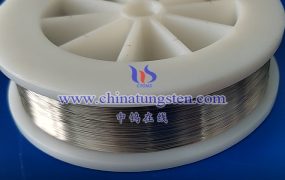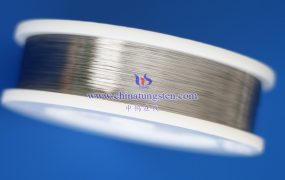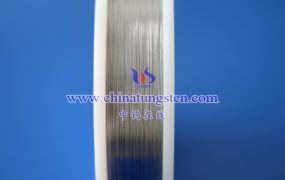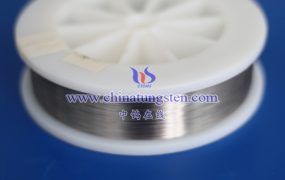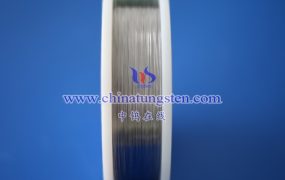There are significant differences in the performance of tungsten wire in vacuum and inflated environment, which is mainly reflected in its luminous characteristics, service life and changes in physical properties. The following is a detailed comparison of the performance of tungsten wire in these two environments:
- Performance in vacuum environment
Luminous characteristics:
In a vacuum environment, the tungsten wire is bombarded and heated by electrons, and the temperature of its surface rises rapidly. The high temperature causes the electrons in the tungsten wire to be thermally excited and excited to a higher energy state. When these electrons return from a high energy state to a low energy state, they radiate photons to form a photon stream, which causes the tungsten wire to emit bright light. This phenomenon is called thermal radiation.
Service life:
In a vacuum environment, due to the absence of gases such as oxygen, the tungsten wire will not be affected by oxidation, so it can more stably exert its characteristics. This helps to extend the service life of the tungsten wire. However, it should be noted that even in a vacuum environment, high temperatures can cause the evaporation of tungsten wires, but the evaporation rate is relatively low.
Changes in physical properties:
In a vacuum environment, tungsten wires can maintain their original physical properties, such as high melting point, low vapor pressure, and high corrosion resistance. These properties make tungsten wires widely used in the field of vacuum technology.
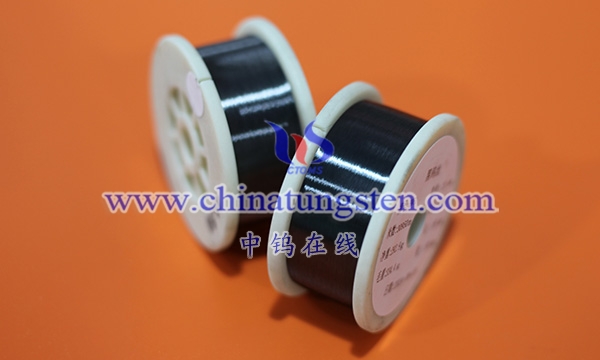
- Performance in an inflated environment
Luminous properties:
In an inflated environment, the luminous properties of tungsten wires may be affected by gas molecules. Gas molecules may absorb or scatter photons emitted by tungsten wires, thereby reducing the luminous efficiency. In addition, the presence of gas molecules may also increase the heat conduction and heat convection on the surface of tungsten wires, further affecting the luminous performance.
Service life:
In an inflated environment, tungsten wires are susceptible to oxidation. Oxygen reacts chemically with tungsten wires to generate compounds such as tungsten oxide, which causes the performance of tungsten wires to deteriorate or even break. Therefore, the service life of tungsten wires in an inflated environment is relatively short. In order to extend the service life, it is usually necessary to fill the bulb with inert gas or protective gas to reduce the impact of oxidation.
Changes in physical properties:
In an inflated environment, the physical properties of tungsten wires may change. For example, oxidation may cause a protective oxide film to form on the surface of tungsten wire, which may affect the electrical conductivity and thermal conductivity of tungsten wire. In addition, gas molecules at high temperatures may also react chemically or physically adsorb with tungsten wire, further changing its surface properties.
More details of tungsten wires, please visit website: http://tungsten.com.cn/tungsten-wires.html
Please contact CHINATUNGSTEN for inquiry and order of tungsten needles:
Email: sales@chinatungsten.com
Tel.: +86 592 5129595

